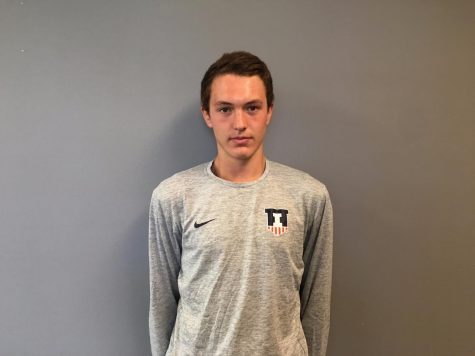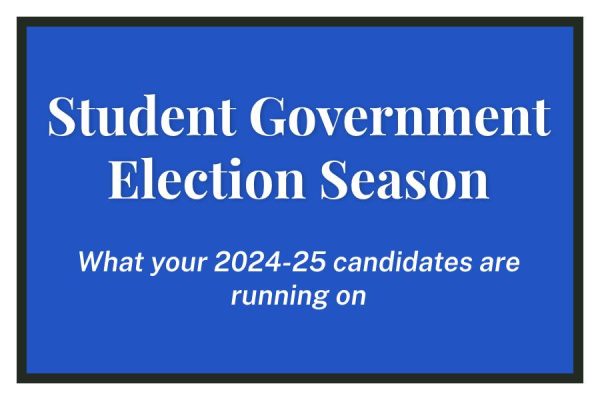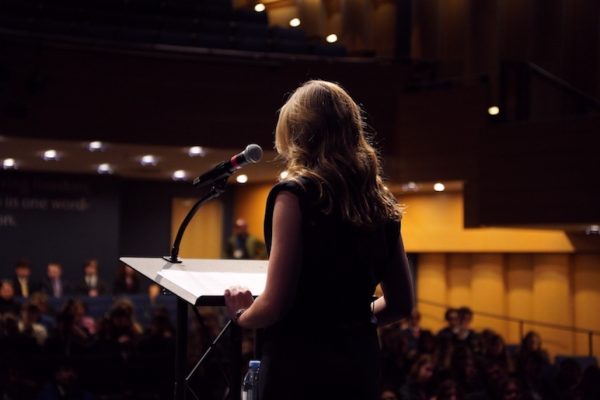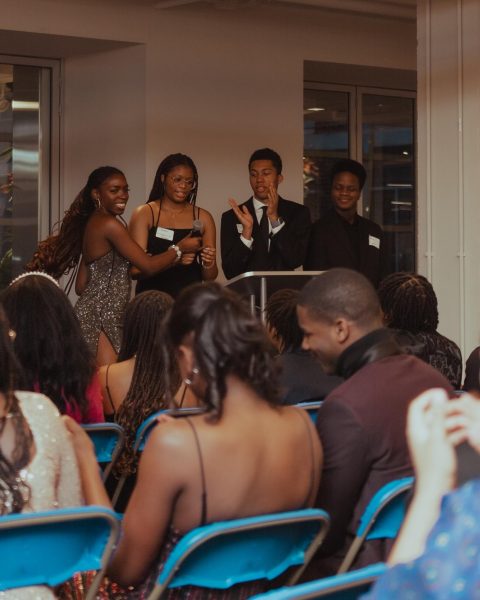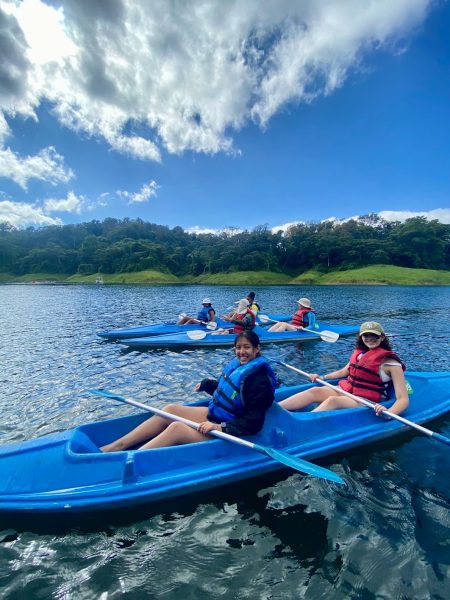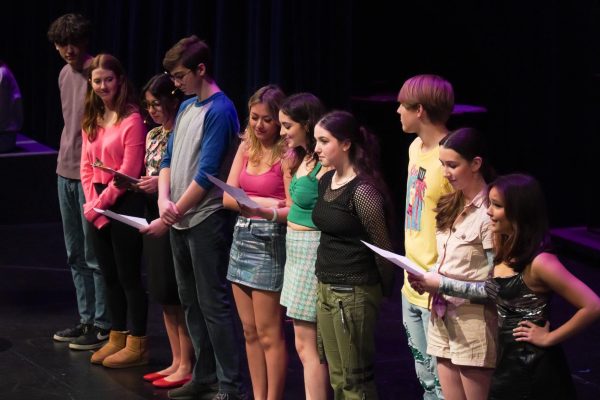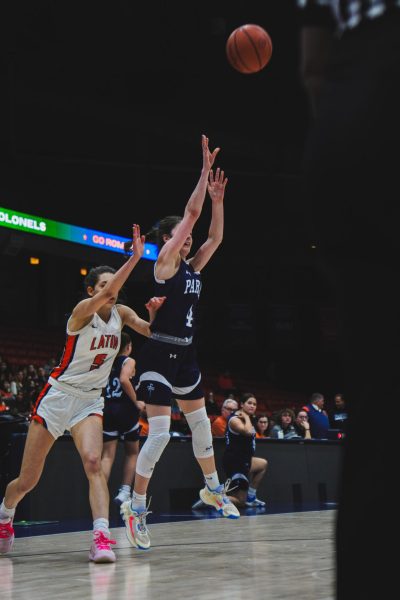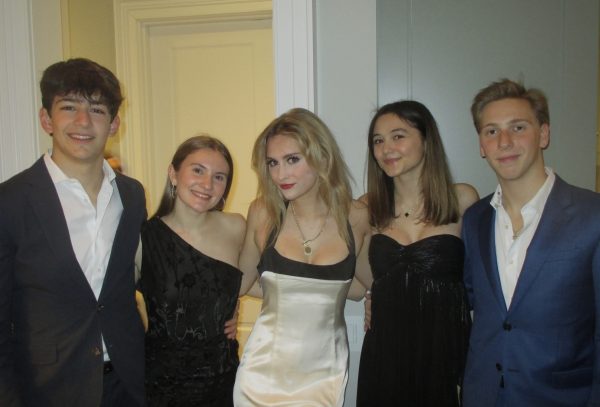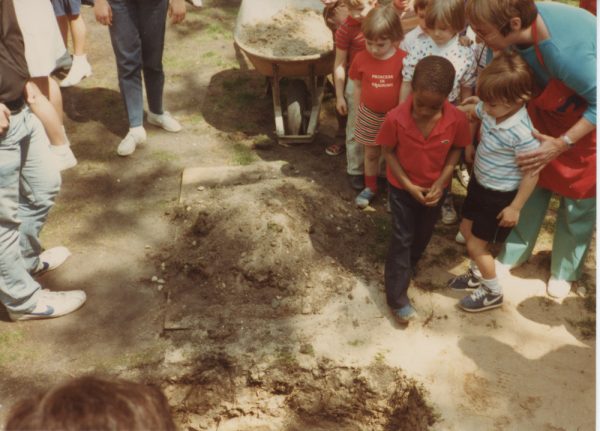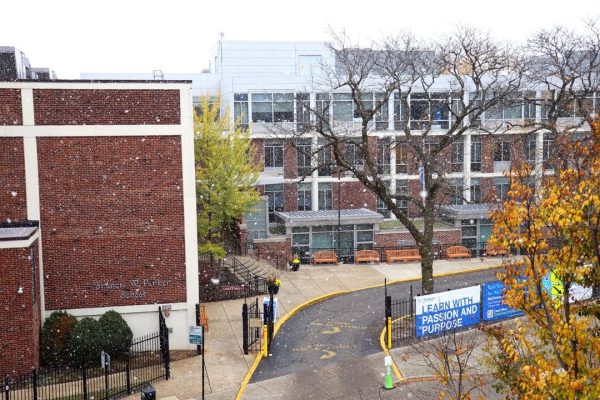Field Availability
Controversy Over Usage Ensues
Leading up to the school-wide small groups discussion during Student Government on October 2, a buzz spread among the Parker athletes, specifically those who use the turf field the most. Which teams should take precedence when it comes to time on the turf?
The decision is based on equity among all who use the field in the Middle and Upper Schools, according to Athletic Director Bobby Starks.
“We do our best to make the process as equitable as possible,” Starks said. “We don’t give precedence to Upper School or Middle School. We try to make it as equal as possible.”
Some Upper School students feel they should have priority.“I think that the Middle School should have almost all away games,” senior soccer player Bill Coyle said, adding that the school should “schedule their home games when varsity sports have away games.”
The question of how limited field time affects athletes remains. Some believe that it affects their team’s playing in future games and beyond. “Of course we would be a better team if we had the field for two hours everyday,” senior field hockey captain Rachel Hartman said. “We would be able to practice shooting drills and have more productive scrimmaging time.”
But others involved in Parker athletics believe that there is no correlation between field time and team performance. “I think that the only way the team suffers from not being on the field,” Varsity Boys’ soccer coach Neil Curran said, “is if the team allows themselves to be convinced of the fact that lack of field time equals decreased performance.”
Some Parker students believe that their team gets the short end of the stick when it comes to time on the field. “Although I think that the field time is relatively equal between soccer and field hockey,” sophomore field hockey player Marley Ellis said, “I think that field hockey should get more time over soccer because there have been more days this year where soccer has been on the field and field hockey hasn’t as opposed to the alternative.”
On the contrary, senior boys’ soccer captain Eli Malkin thinks his team is at a disadvantage when it comes to field time.
“Boys’ soccer never gets on the field,” Malkin said. “I realize that idea of being at Parker calls for equality, but when we have our homecoming game in two days, and we’re practicing at the Diversey grass fields, we can’t prepare as well as we can on the turf. Upper School field hockey and soccer are the only two sports who should have access to the turf field in the fall.”
A solution to this issue was proposed years ago. “The original plans were to have lights on the field,” Starks said, “however the neighborhood association had issues with that.”
Having lights on the field would allow athletes to practice later into the evening, so more teams could practice more frequently on the field.
The Lincoln Park Neighborhood Association is a group of residents who speak for the neighborhood and organize activities on its behalf. Lights on the turf field would obstruct the community to such an extent, the Association argued, that Parker should forfeit the idea.
After initially hearing of this possibility, some close to Parker athletics immediately gravitated to it.
“Not only would lights help us to get more time on the field for practice,” senior boys’ soccer captain Ben Weiss said, “but they would also ensure that JV’s games don’t get cut in half every single time they play a home game after varsity.”
Currently, all Upper School practices on the field end at 6PM or earlier due to lack of light at later hours in the fall.
“I think the lights would solve all of the problems that Parker athletes face when playing on the field,” Coyle said, “ because it would allow us to practice at any point in the evening.”
